Alberta
Top baby names of 2022 revealed

Olivia and Noah continue their streak as the most popular baby names in Alberta in 2022.
The births have been registered and the results are in: Olivia is once again the most popular name for baby girls born in Alberta last year, holding the top spot since 2013.
As Olivia’s momentum continued, Noah was working on a streak of his own as the most popular name for boys four years in a row.
“Congratulations to everyone who brought a child into this world in 2022. Alberta is a great place to live, and I see a positive future for all parents choosing to raise a family here. To those expecting a baby in 2023, or to those who are just plain curious, I encourage you to check out the baby names lists from years past.”
As Olivia and Noah continued their popularity streak, there was some movement in the rest of the field as names moved up and down in the lists.
Sophia, Emma, Amelia and Harper rounded out the top five for girls’ names. Harper moved up six spots after placing 11th the previous year. The comeback kid, Lily, moved up eight spots to get back into the top 10 after missing out in 2021.
Liam, Theodore, Oliver and Jack joined Noah as the top five boys’ names in the province. After a three-year absence, James returned to the top 10. Lucas also returned to the top 10, after missing out in 2021.
There were 48,225 births registered in Alberta in 2022. Of these, 24,781 were boys and 23,437 were girls. In seven births, the sex of the baby was not indicated at time of the initial registration. There were 12,966 different names registered in 2022.
Parents have one year to register their child’s birth. As a result, the 2022 baby names and birth statistics lists may change slightly.
Notable names
Parents have many motives for their name choices and often the names they choose reflect what is important to them.
Some of the names chosen seem to reflect places (Brooklyn, Georgia, London); animals (Wren, Bear, Fox); religious figures (Muhammad, Adam, Noah); mythology (Penelope, Apollo, Phoenix); plants and flowers (Juniper, Daisy, Violet, Lily, Willow, Hazel, Ivy); literature (Huxley); musicians (Prince, Lennon, Presley); seasons (Winter, Spring, Summer, Autumn); sports (Beckham, Evander); actors (Leonardo); and other figures from pop culture (Casey, Maverick).
Quick facts
- Historically, girls’ names that held the No. 1 spot for the longest consecutive time period include:
- Olivia: 10 years (2013-2022)
- Jessica: six years (1990-1995)
- Emily: five years (1998-2002)
- Historically, boys’ names that held the No. 1 spot for the longest consecutive time period include:
- Ethan: nine years (2001-2009)
- Liam: seven years (2010-2016)
- Matthew: five years (1995-1999)
Boys’ names and frequency – top 10 names 2017-22
(In brackets is the number of babies with each name)
| Place | Boy Names
(2022) |
Boy Names (2021) | Boy Names (2020) | Boy Names (2019) | Boy Names (2018) | Boy Names (2017) |
| 1 | Noah (229) | Noah (274) | Noah (239) | Noah (275) | Liam (225) | Noah (250) |
| 2 | Liam (176) | Jack (219) | Oliver (229) | Liam (234) | Oliver (212) | Liam (244) |
| 3 | Theodore (173) | Oliver (208) | Liam (206) | Oliver (225) | Noah (199) | Benjamin (229) |
| 4 | Oliver (172) | Liam (197) | Benjamin (182) | Ethan (213) | Ethan (188) | Logan (226) |
| 5 | Jack (159) | Theodore (191) | William (178) | Jack (198) | Logan (182)
Lucas (182) |
Lucas (216) |
| 6 | William (146) | William (174) | Jack (169) | William (185) | Jacob (181) | William (213) |
| 7 | Benjamin (138)
James (138) |
Ethan (162) | Lucas (163) | Lucas (174) | William (178) | Ethan (192) |
| 8 | Henry (136) | Levi (148) | Theodore (159) | Owen (167) | Benjamin (176) | Oliver (190) |
| 9 | Lucas (135) | Benjamin (147)
Henry (147) |
Levi (153) | Benjamin (163) | Jack (167) | Jack (189) |
| 10 | Ethan (130) | Jackson (142) | Owen (152) | Jacob (162) | Alexander (158)
James (158) |
Jacob (178) |
Girls’ names and frequency – top 10 names 2017-2022
(In brackets is the number of babies with each name)
| Place | Girl Names
(2022) |
Girl Names (2021) | Girl Names (2020) | Girl Names (2019) | Girl Names (2018) | Girl Names (2017) |
| 1 | Olivia (192) | Olivia (210) | Olivia (236) | Olivia (229) | Olivia (235) | Olivia (236) |
| 2 | Sophia (151) | Charlotte (166) | Emma (184) | Charlotte (188) | Emma (230) | Emma (215) |
| 3 | Emma (149) | Ava (165) | Charlotte (161) | Sophia (181) | Charlotte (175) | Charlotte (187) |
| 4 | Amelia (133) | Emma (164) | Ava (159) | Emma (178) | Emily (164) | Ava (184)
Sophia (184) |
| 5 | Harper (125) | Amelia (161) | Sophia (151) | Ava (161) | Ava (161) | Emily (159) |
| 6 | Charlotte (117) | Sophia (137) | Amelia (145) | Amelia (159) | Abigail (153) | Abigail (154) |
| 7 | Ava (115) | Isla (135) | Isla (133) | Emily (150) | Harper (150) | Amelia (149) |
| 8 | Isla (101) | Abigail (120)
Chloe (120) |
Emily (127) | Abigail (141) | Sophia (146) | Isabella (141) |
| 9 | Lily (100) | Evelyn (119) | Lily (123) | Hannah (137) | Amelia (145) | Aria (129)
Chloe (129) |
| 10 | Chloe (92) | Aria (112) | Abigail (114) | Elizabeth (124) | Elizabeth (130) | Lily (127) |
Alberta
Alberta government should eliminate corporate welfare to generate benefits for Albertans

From the Fraser Institute
By Spencer Gudewill and Tegan Hill
Last November, Premier Danielle Smith announced that her government will give up to $1.8 billion in subsidies to Dow Chemicals, which plans to expand a petrochemical project northeast of Edmonton. In other words, $1.8 billion in corporate welfare.
And this is just one example of corporate welfare paid for by Albertans.
According to a recent study published by the Fraser Institute, from 2007 to 2021, the latest year of available data, the Alberta government spent $31.0 billion (inflation-adjusted) on subsidies (a.k.a. corporate welfare) to select firms and businesses, purportedly to help Albertans. And this number excludes other forms of government handouts such as loan guarantees, direct investment and regulatory or tax privileges for particular firms and industries. So the total cost of corporate welfare in Alberta is likely much higher.
Why should Albertans care?
First off, there’s little evidence that corporate welfare generates widespread economic growth or jobs. In fact, evidence suggests the contrary—that subsidies result in a net loss to the economy by shifting resources to less productive sectors or locations (what economists call the “substitution effect”) and/or by keeping businesses alive that are otherwise economically unviable (i.e. “zombie companies”). This misallocation of resources leads to a less efficient, less productive and less prosperous Alberta.
And there are other costs to corporate welfare.
For example, between 2007 and 2019 (the latest year of pre-COVID data), every year on average the Alberta government spent 35 cents (out of every dollar of business income tax revenue it collected) on corporate welfare. Given that workers bear the burden of more than half of any business income tax indirectly through lower wages, if the government reduced business income taxes rather than spend money on corporate welfare, workers could benefit.
Moreover, Premier Smith failed in last month’s provincial budget to provide promised personal income tax relief and create a lower tax bracket for incomes below $60,000 to provide $760 in annual savings for Albertans (on average). But in 2019, after adjusting for inflation, the Alberta government spent $2.4 billion on corporate welfare—equivalent to $1,034 per tax filer. Clearly, instead of subsidizing select businesses, the Smith government could have kept its promise to lower personal income taxes.
Finally, there’s the Heritage Fund, which the Alberta government created almost 50 years ago to save a share of the province’s resource wealth for the future.
In her 2024 budget, Premier Smith earmarked $2.0 billion for the Heritage Fund this fiscal year—almost the exact amount spent on corporate welfare each year (on average) between 2007 and 2019. Put another way, the Alberta government could save twice as much in the Heritage Fund in 2024/25 if it ended corporate welfare, which would help Premier Smith keep her promise to build up the Heritage Fund to between $250 billion and $400 billion by 2050.
By eliminating corporate welfare, the Smith government can create fiscal room to reduce personal and business income taxes, or save more in the Heritage Fund. Any of these options will benefit Albertans far more than wasteful billion-dollar subsidies to favoured firms.
Authors:
Alberta
Official statement from Premier Danielle Smith and Energy Minister Brian Jean on the start-up of the Trans Mountain Pipeline

-

 International20 hours ago
International20 hours agoTrump campaign says he will pardon Jan. 6 prisoners on ‘case-by-case basis’ if re-elected
-
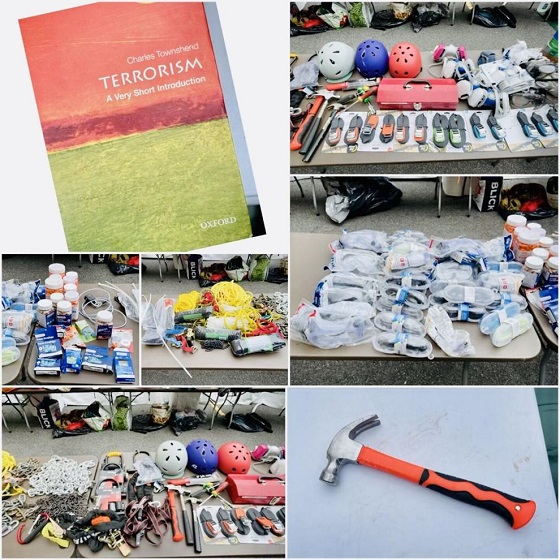
 conflict20 hours ago
conflict20 hours agoNYPD says protesters had weapons, gas masks and ‘Death to America!’ pamphlets
-
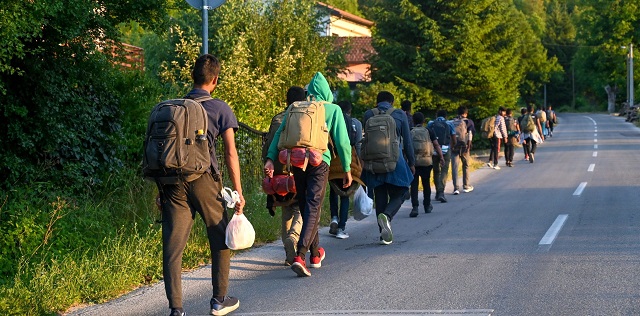
 illegal immigration11 hours ago
illegal immigration11 hours agoBiden’s DOJ Threatens To Sue Another State For Enforcing Immigration Law
-

 Economy10 hours ago
Economy10 hours ago‘Gambling With The Grid’: New Data Highlights Achilles’ Heel Of One Of Biden’s Favorite Green Power Sources
-

 Opinion2 days ago
Opinion2 days agoClimate Murder? Media Picks Up Novel Legal Theory Suggesting Big Oil Is Homicidal
-
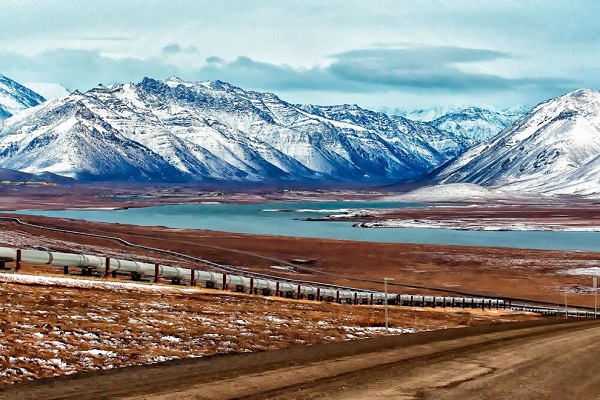
 Energy2 days ago
Energy2 days agoHouses passes bill to protect domestic oil production, protect Iñupiat community
-
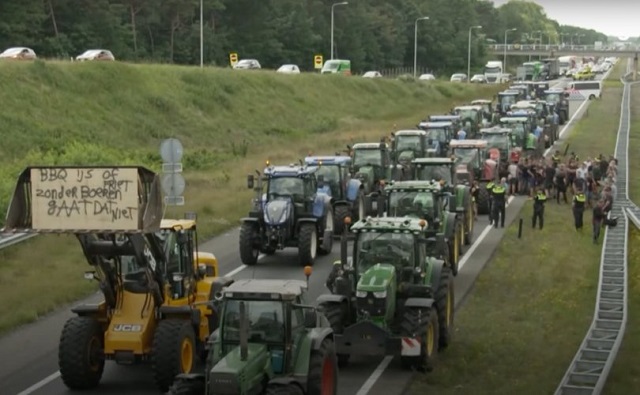
 Energy2 days ago
Energy2 days agoNet Zero’s days are numbered? Why Europeans are souring on the climate agenda
-
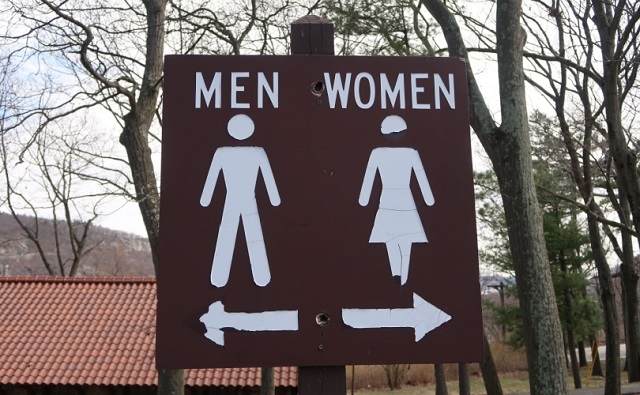
 Opinion2 days ago
Opinion2 days agoQuebec’s ban on gender-neutral bathrooms in schools is good news









